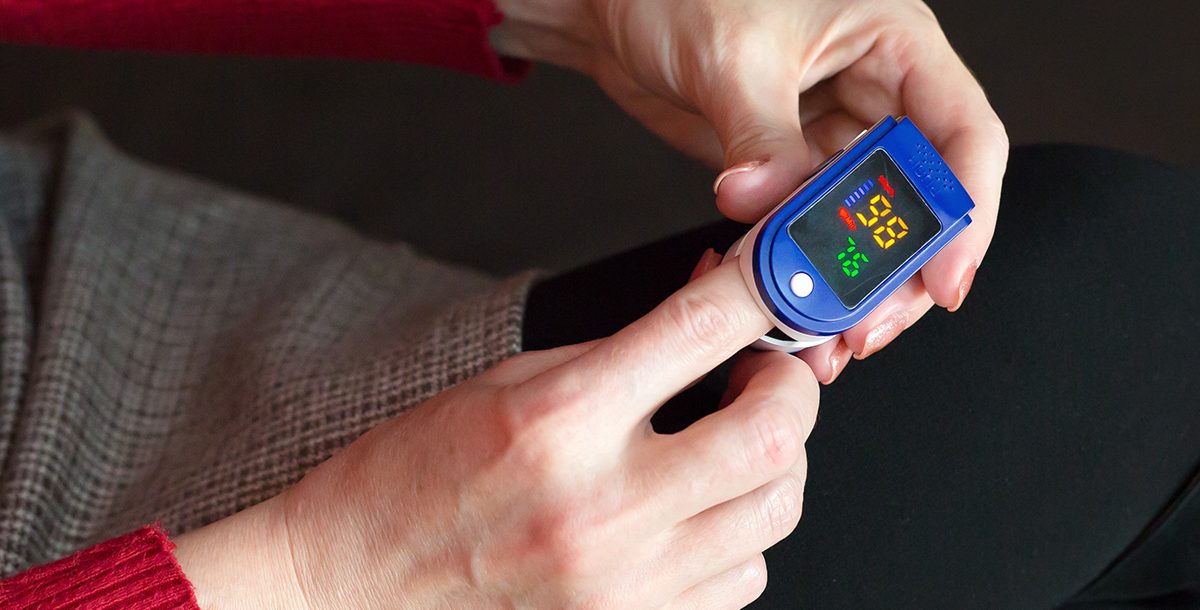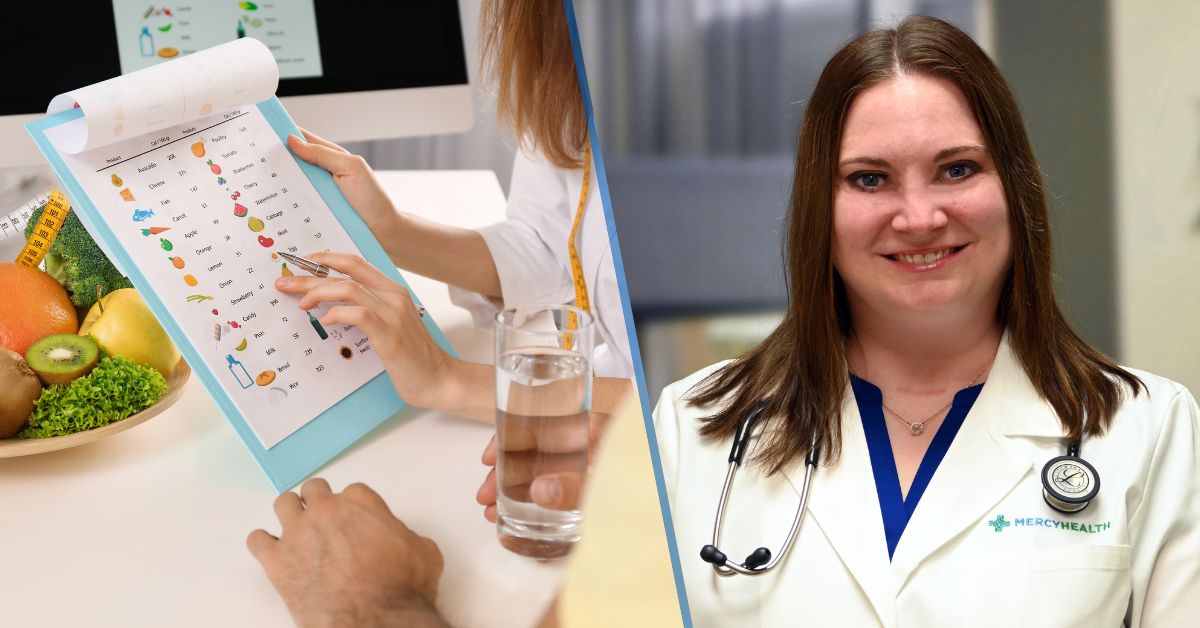Your blood oxygen level tells how effectively your blood is sending oxygen to your lungs and to all the cells in your body. For some people, COVID-19 has caused oxygen levels in their blood to drop. These low blood oxygen levels can turn into a life-threatening situation.
Wondering about normal oxygen levels? The normal, healthy range of 95 to 100 mm Hg typically remains the same for any age. However, older adults are likely to be on the lower end of the healthy range at 95 mm Hg. Children and young adults tend to have blood oxygen levels that are closer to 100.
So, what oxygen level is too low and dangerous?
If your blood oxygen level drops below 90 mm Hg, that’s typically considered too low. This is true whether you have COVID-19 or any other health issue that affects blood oxygen levels.
What are the symptoms of low blood oxygen levels to look out for?
Some COVID-19 patients don’t show any signs of low blood oxygen levels. However, in patients who do, there are several signs to watch for.
In adults, symptoms that are common signs of low blood oxygen include:
- Being in a state of confusion
- Blue-tinted lips and face
- Difficulty waking up
- Nagging chest pains
- Struggling to breathe
In children, you may notice signs like grunting, flaring nostrils or struggling to eat and drink.
How to monitor the blood oxygen levels of someone infected with COVID-19
With COVID-19, the Centers for Disease Control and Prevention (CDC) recommends testing blood oxygen levels even if a patient doesn’t show any signs of breathing trouble. This is because many COVID-19 patients don’t show symptoms, but many do have low blood oxygen levels caused by the virus.
You can measure blood oxygen levels with a pulse oximeter. It is a relatively inexpensive device that can be purchased from many online and in-store retailers. Testing is a painless procedure. It clips onto the end of your finger, earlobe or another body part. Check blood oxygen levels twice a day and keep a log of the readings in case you need to share them with a medical professional.
It is important to note that a pulse oximeter can’t tell you if you have COVID-19. Only a COVID-19 test can do that. But what a pulse oximeter can tell you is if you need oxygen treatment.
Blood oxygen levels in adults and children have always been important. With COVID-19 around, it’s more important than ever to understand oxygen levels.
At this time, if you are experiencing lower than normal blood oxygen levels, contact your health care provider right away. And if you or a loved one are experiencing severe respiratory distress or have a medical emergency, head to the nearest emergency room or call 911.
Stay updated on what Mercy Health is doing related to COVID-19.
Additionally, the COVID-19 vaccine remains the best way to help prevent severe illness and protect others. Learn what some of our providers have to say regarding the COVID-19 vaccine.






